Kanban: Definition, 6 Rules, and its Benefits
Kanban is a crucial part of the Just in Time (JIT) system, which we discussed…
Sean Thobias
May 17, 2025In a warehouse, you can handle goods by hand or with machines. When you take goods manually, you use tools and equipment to lift heavy loads to or from the warehouse.
Modern warehouses have Material Handling Equipment (MHE) that includes various types of machinery. MHE helps you carry out tasks safely and efficiently, so you don’t have to rely on manual labor as much.
This article will give you a better understanding of warehouse storage systems and their handling equipment. It will explain MHE, discuss different types, and highlight the advantages and disadvantages.
Material Handling Equipment (MHE) comprises many tools, vehicles, storage units, equipment, and accessories. MHE actively transports, stores, controls, and protects products at every stage of manufacturing, consumption, distribution, or disposal.
There are four main types of MHE. They are storage and handling equipment, engineered systems, industrial trucks, and bulk material handling. However, this article will focus on the first type, storage, and handling equipment.
Read more: Understanding Warehouses: Definition and its Importance
Stockpile systems usually involve grouping non-automated setups with engineered systems. These systems actively use storage equipment to accommodate or support materials during downtime or when the materials are not in transport.
This timeframe can also refer to temporary pauses during long-term transportation or storage, allowing stock to accumulate. The most common storage equipment includes pallets, racks, or shelves where materials can be neatly stacked, ready for transportation or consumption.
Many companies have explored ways to improve storage efficiency by designing packaging that enables materials or products of a specific type to occupy less space while in stock.
In warehouses, there are different tools for storage. Each device has its advantages and roles. Companies must consider trade-offs between speed, cost, and capacity for storage systems.
The more storage an operation needs, the denser pallet storage is required. The choice of storage also depends on the building layout, the type of material handling equipment (MHE) in use, and the budget available.
Two popular storage tools in warehouses are pallet racks and stacking. Now, let’s take a closer look at warehouse storage systems.
In situations where warehouse heights are low, budgets are tight, and products and packaging are robust, block stacking is the most common method for storing large quantities of single SKU products.
Block-stacking is a method where we put each item on the floor and stack them up to a safe height based on how heavy and stable the stack is. It works well for products you can’t store on pallet racks and are difficult to stack.
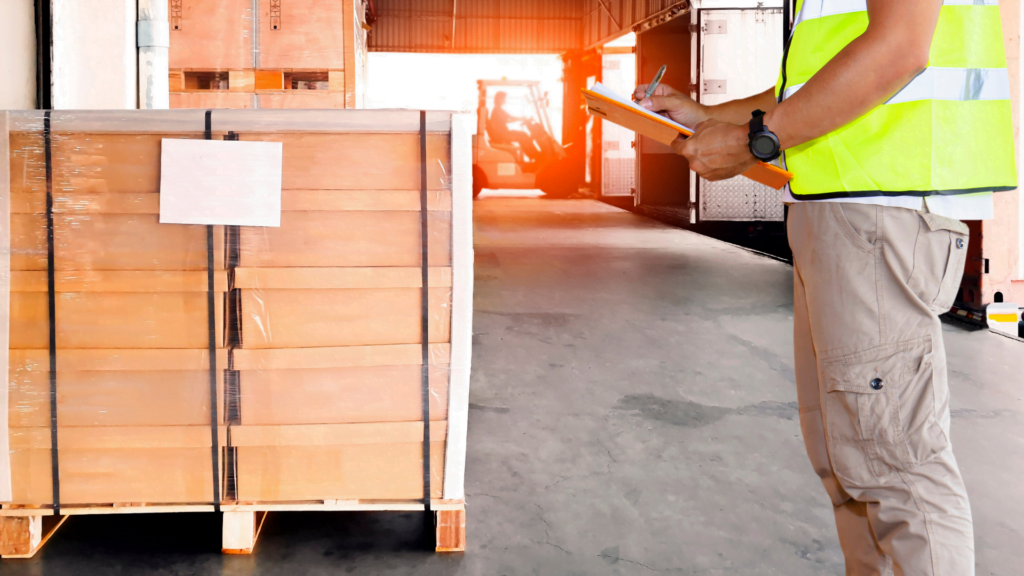
This method allows us to store products such as washing machines, refrigerators, cans, and bottles. It provides a cost-effective solution for robust products that have a high number of units per SKU. Additionally, we can utilize tools like pallet collars and converters to minimize the potential damage to the bottom pallet.
However, block-stacking also has its downsides. It can be tough to reach the goods, and there’s a greater chance of damage. Managing inventory without following the last in, first out (LIFO) method can be tricky, especially when optimizing limited space.
People often use shelving systems to store fragile, high-maintenance items requiring extra attention. This system is pricier than stacking, but it offers improved accessibility.
The terms adjustable pallet rack and wide aisle rack are interchangeable. Moreover, there are various shelving systems, each with pros and cons. Here are eight common types of racked storage found in warehouses:
Warehouses around the world commonly use this type of rack. It is highly versatile and doesn’t require any special equipment for handling. You can easily adjust the beam height to meet your needs.
With this rack, you can quickly and easily access each pallet. It is simple to install and move. However, there is a downside to consider. The forklift truck needs a broader aisle to turn around quickly.
Double pallet racking allows for storing pallets at two different depths. This system requires special equipment, like extendable forks and wider aisles. However, it’s important to note that this configuration slows down the access speed.
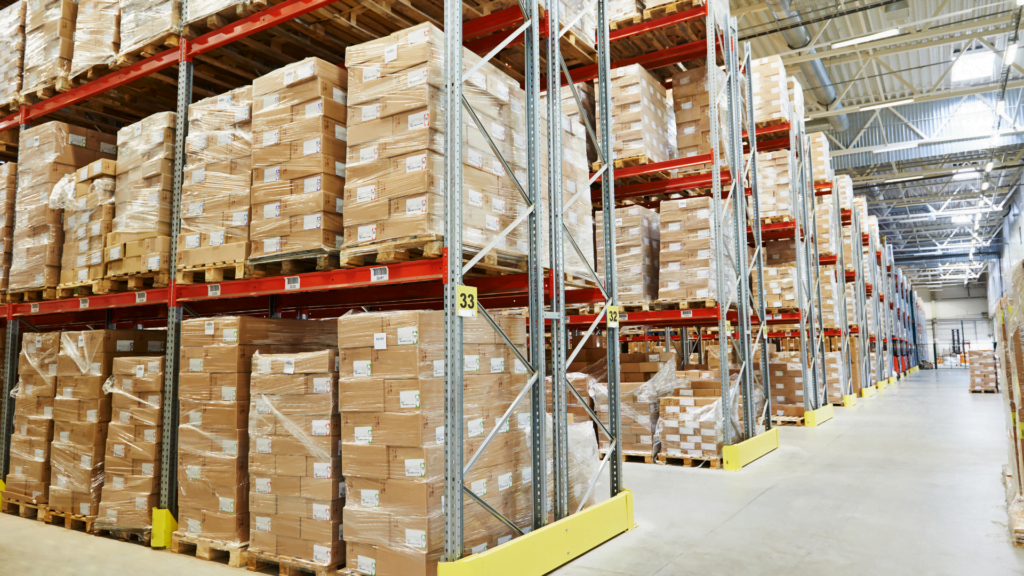
On the other hand, the double-deep configuration, which reduces the number of access aisles, offers a highly efficient storage system by utilizing the saved space to accommodate additional shelving.
This rack uses APR and can store more pallets by narrowing the aisle width to around 1.6 meters. You need narrow aisles or tower trucks to store and access pallets in this rack.
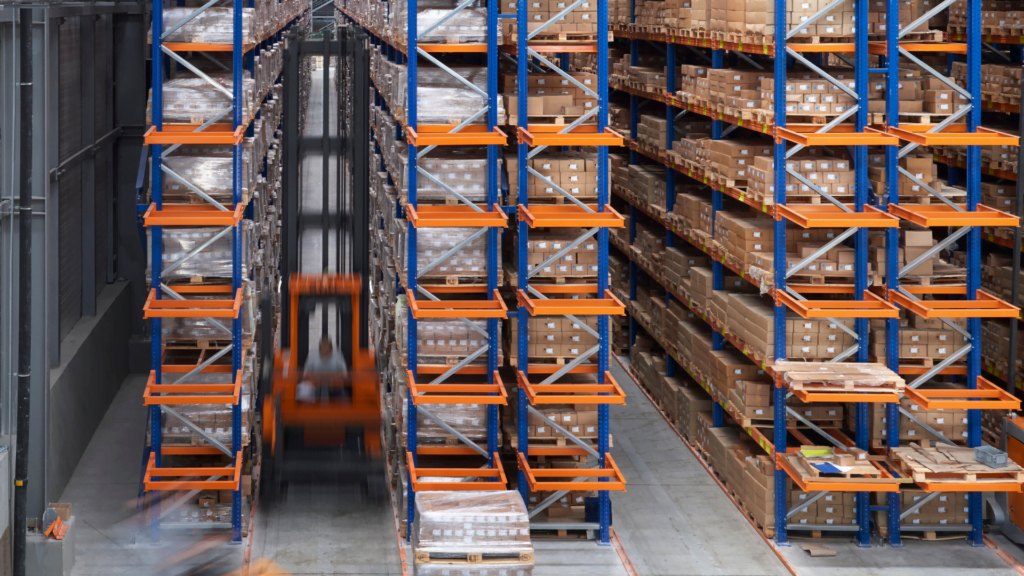
When setting up narrow aisle racking, it is crucial to ensure a flat floor, particularly for heights exceeding 10 meters. During construction, we use lasers to guarantee a perfectly level floor.
Drive-in and drive-through racking systems improve safety and efficiency by preventing the stacking of fragile or unstable loads. The L-shaped rail in each upright drive-through rack accommodates pallet placement and allows forklift trucks to maneuver easily.
Drive-in racking eliminates the need for aisles, allowing for maximum utilization of floor space. The amount of space used depends on the lifting capacity of the forklift truck.
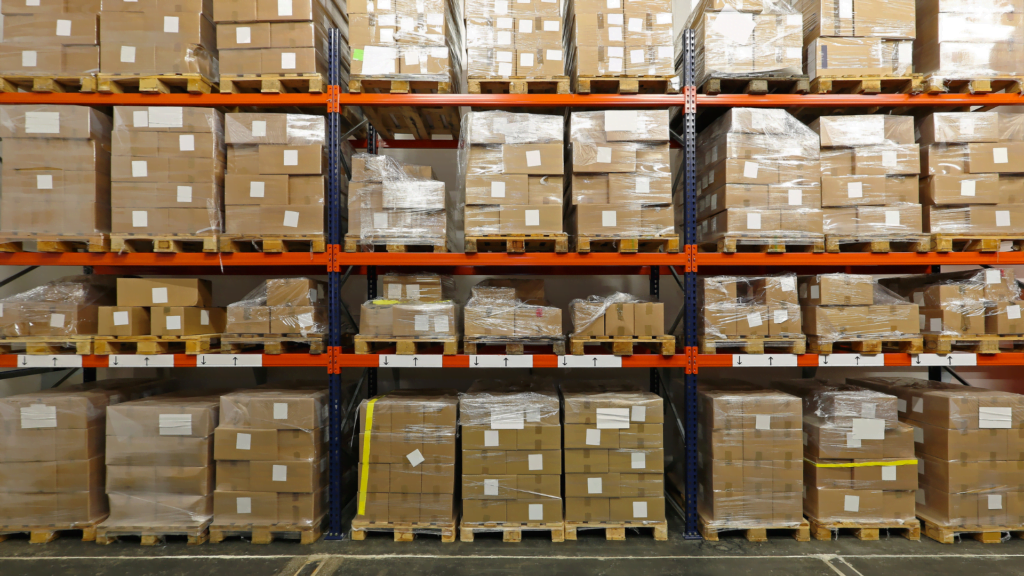
It’s important to note that drive-in racking does not support First In, First Out (FIFO) systems. These racks are ideal for storing large quantities of single SKUs in a high-density manner.
However, there are some disadvantages to consider. This storage method has a higher risk of damaging both the products and the shelves. In addition, the loading and unloading rates are relatively low. Since there is no room for picking individual cartons from the ground floor, this storage relies mainly on handling full pallets in the central area.
Gravity drives the operation of pallet-flow racking. It is suitable for rapidly moving products that require rotation in the order of their arrival. Here’s how it works: You load the pallets at the top of the slanted track and automatically move down using skate wheels when you remove them from the picking area.
With a single block roller conveyor rack, you only need two aisles for loading and picking. This setup allows for quick processing times. Plus, you can best use your warehouse space by storing the pallets in a sequence with fewer aisles.
However, there are a couple of downsides to consider. First, you may be unable to utilize the available space efficiently in terms of volume. Second, different products require different angles of inclination based on their weight.
The push-back system actively positions pallet loads on carts that move forward along sturdy steel rails due to gravity. When an operator loads a pallet from the front, it pushes it behind its back in one position. During unloading, the system releases the front pallet, and the rear pallet automatically moves to the front picking position. This active process facilitates easy inventory management in a last-in, first-out (LIFO) manner.
Operators can store products from two to five pallets deep using the push-back system. They can load pallets from the front using just one aisle. This system offers flexible storage because each lane works independently. Additionally, the vertical storage operates separately from the routes below, allowing for efficient use of space.

In compact warehouses with limited floor space, shelving units can be mounted on rollers to enable easy movement. Only one access passage is needed, and the operator can create an entry by moving the unit. However, this approach slows down the process of picking up goods to save floor space.
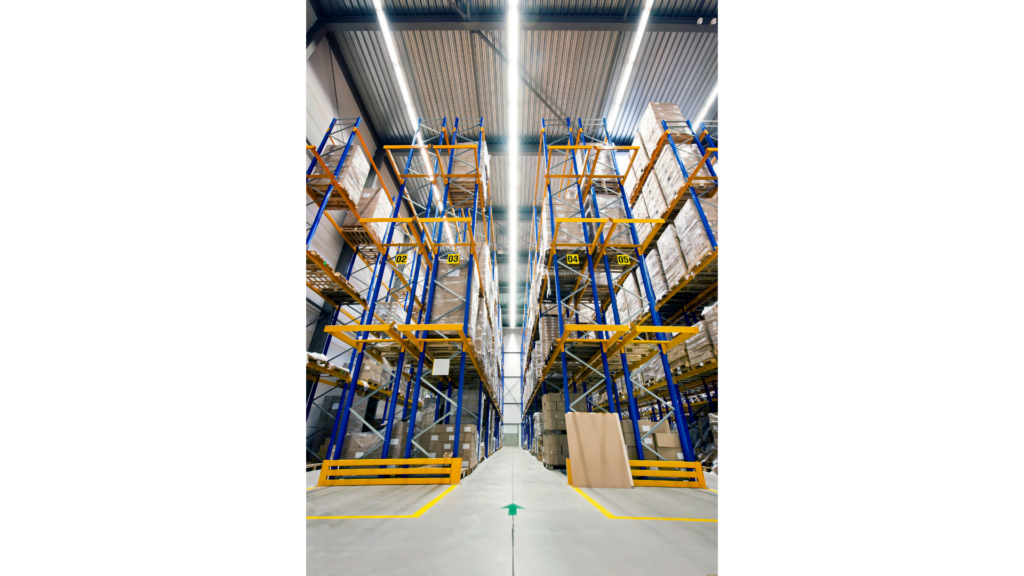
Satellite systems work like drive-in racking, but they use shuttles placed at the front of the rack. The remote control system operates the shuttles utilizing a radio frequency (RF) battery-operated control system and dedicated channels.
This storage system can handle pallets in racks up to 40 meters long. The shuttles have sensors built-in to detect where the pallet was before. Then, they place the new load at a set distance and return to the starting point.
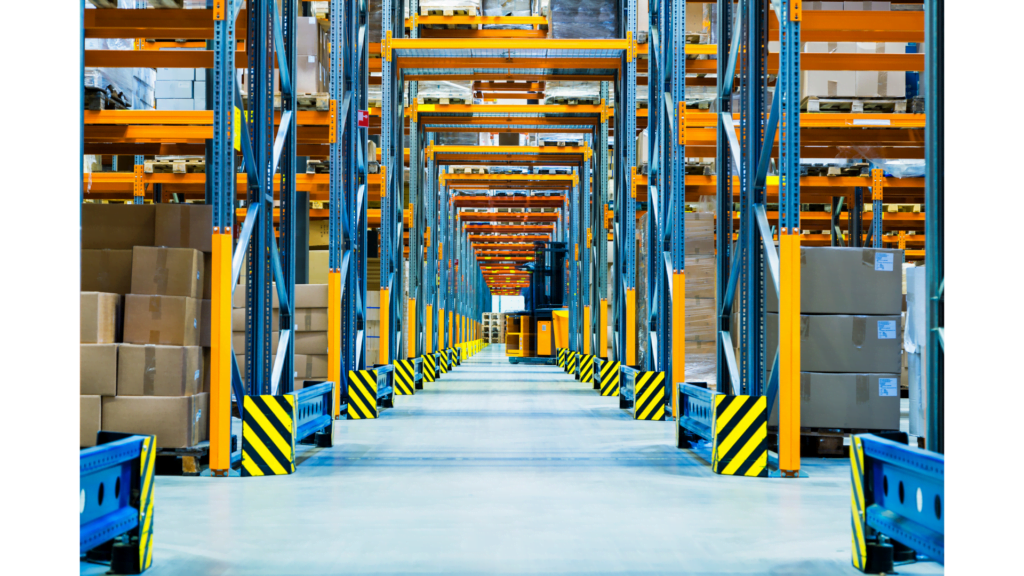
Forklift trucks can quickly move shuttles between lanes. One forklift truck can control several shuttles. By not needing to drive into the rack, the system reduces the risk of damage.
The system automates the placement of pallets on the storage lines, making the loading and unloading times faster. Satellite racks also make good use of the space above the building.
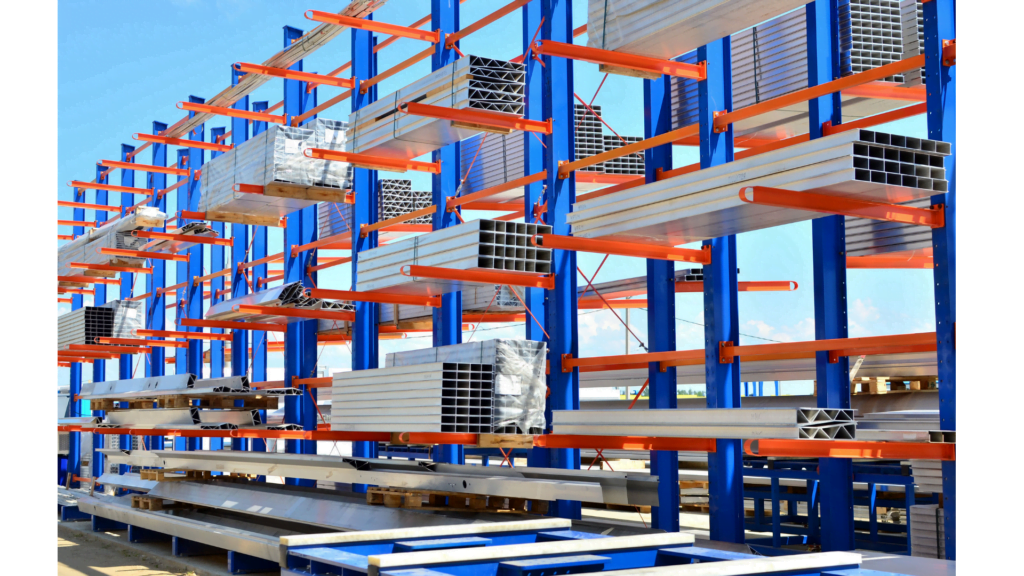
Read more: 7 Tips for Selecting the Ideal WMS
Manufacturers encounter various challenges due to a culture of round-the-clock operations and an aging workforce. These challenges demand higher accuracy, shorter lead times, and lower costs. As a response, manufacturers have developed handling systems that require minimal manual input and increased throughput.
To overcome these challenges, companies can achieve the following advantages by selecting the right equipment:
In a warehouse, different actions happen when storing, picking, or moving goods. Each activity needs a specific tool to handle it. Here are some simple steps in the warehouse and the tools used for them.
Here are some examples of equipment that can handle horizontal movements in warehouses:

You need to lift pallets, or unit loads into position to make the most of a building’s space. Here are six common types of forklift trucks that can help:
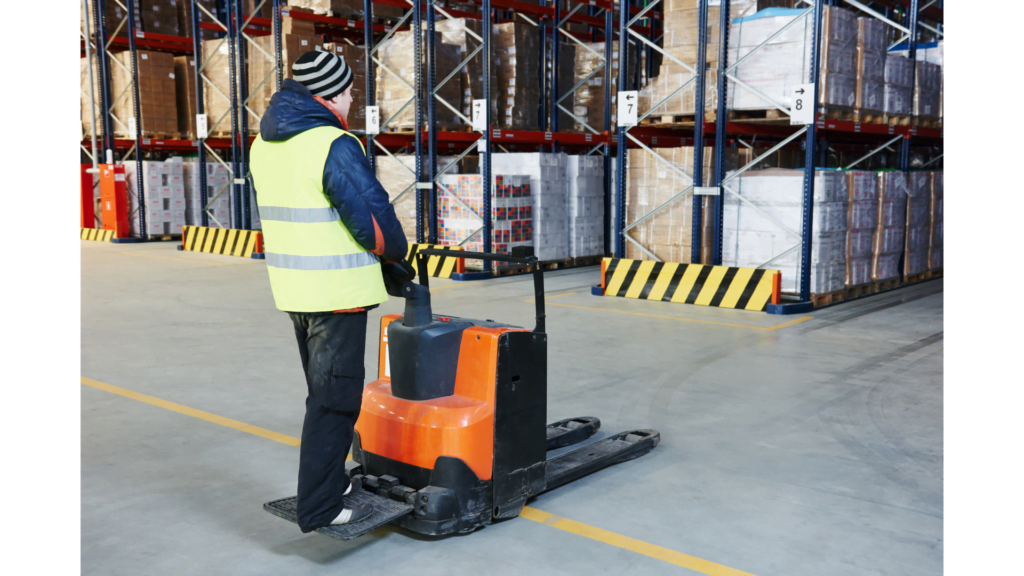
In an automated storage and retrieval system (AS/RS), a fixed-track crane actively collects pallets from the front of the racking system and transports them to an empty location in the rack. This method boosts productivity by storing full pallets at the front of the aisle before retrieving another pallet.
The crane moves horizontally and vertically simultaneously, reducing the time it takes to lift and place the pallets. Usually, the crane remains in one aisle. However, haul trucks can actively move the cranes from one aisle to another if there is a high need for storage and low throughput.
Specific warehouse units require special handling equipment since they cannot be moved or lifted using standard pallets. Here are some examples of additional equipment used in these operations and for such products:
To select the right equipment and storage, focus on the characteristics of your products, warehouse size, environment, product speed, and budget. There are different storage types like collections and racks and handling equipment such as forklift trucks.
Using storage and handling tools helps companies improve productivity and efficiency in warehouse activities.
You can also automate all company processes by using an ERP system. ERP Impact includes a WMS module that reduces waste and streamlines the picking process. It also has modules like inventory, accounting, sales, and HCM.
Richard G. 2011. Warehouse Management. Great Britain: Kogan Page Limited.
Impact Insight Team
Impact Insights Team is a group of professionals comprising individuals with expertise and experience in various aspects of business. Together, we are committed to providing in-depth insights and valuable understanding on a variety of business-related topics & industry trends to help companies achieve their goals.
See how our ERP provides better value.
Speak with our consultant to explore how we can improve your accounting, processes, and people.
